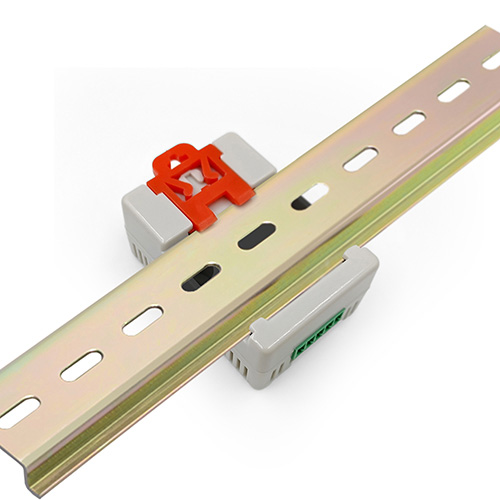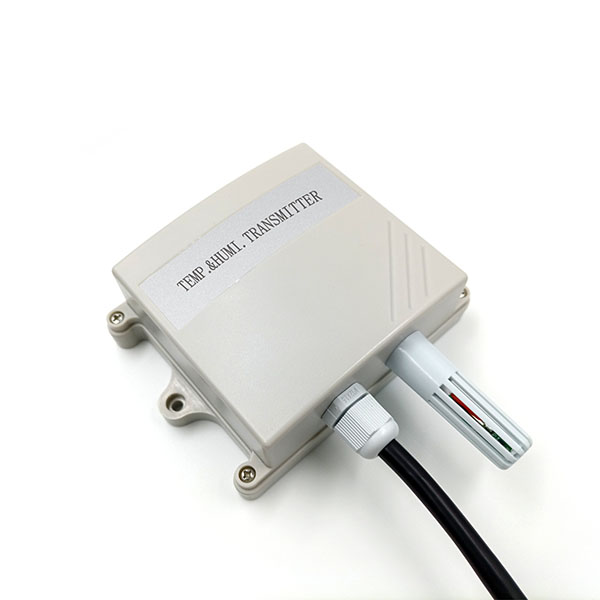How to choose Best temperature and humidity sensor
The advancement of science and technology has provided more convenient management methods for many scenarios that have specific requirements for environmental temperature and humidity, such as communication equipment rooms, smart homes, pharmaceutical industries, cold chain transportation, warehouses, wine cellars, greenhouses, incubation bases and other places. Temperature and humidity sensors are needed to collect data for scientific and efficient management, analysis and control.
Since temperature and humidity are closely related both in terms of physical quantities themselves and in actual people’s lives, the two are often integrated together to form a temperature and humidity sensor to jointly monitor the system environment. Fosensor provides one of the Best temperature and humidity sensors on the market. Temperature and humidity sensors currently on the market generally measure temperature and relative humidity.
How to choose Best temperature and humidity sensor?
Select measuring range
Just like measuring weight, temperature, and humidity, when choosing a temperature and humidity sensor, you must first determine the measurement range. Except for meteorological and scientific research departments, high temperature and humidity measurement and control generally do not require full humidity range (0-100% RH) measurement.
Select measurement accuracy
The measurement accuracy is the most important indicator of the temperature and humidity sensor. Every percentage point improvement means that the temperature and humidity sensor reaches a higher level, or even a higher level. Because to achieve different precisions, their manufacturing costs vary greatly, and their selling prices also vary widely. Therefore, users must tailor their products to suit their needs and should not blindly pursue “high, precise, and cutting-edge”.
If the humidity sensor is used at different temperatures, the influence of temperature drift should also be considered on its indication value. It is well known that relative humidity is a function of temperature, and temperature strongly affects relative humidity in a given space. Every time the temperature changes by 0.1°C. A humidity change (error) of 0.5% RH will occur. If it is difficult to maintain a constant temperature in the usage situation, it is inappropriate to propose too high humidity measurement accuracy.
In most cases, if there is no precise temperature control method, or the measured space is not sealed, an accuracy of ±5% RH is sufficient. For local spaces that require precise control of constant temperature and humidity, or where humidity changes need to be tracked and recorded at any time, a temperature and humidity sensor with an accuracy of ±3% RH or above is selected.
The requirement of accuracy higher than ±2% RH may be difficult to achieve even with the standard humidity generator used to calibrate the sensor, let alone the sensor itself. For relative temperature and humidity measuring instruments, it is still very difficult to achieve an accuracy of 2% RH even at 20-25°C. Usually the characteristics given in the product data are measured at normal temperature (20℃±10℃) and in clean gas.
Consider time drift and temperature drift
In actual use, due to the influence of dust, oil and harmful gases, the electronic humidity sensor will age and the accuracy will decrease over time. The annual drift of the electronic temperature and humidity sensor is generally around ±2%, or even higher. Under normal circumstances, the manufacturer will indicate that the effective use time of a calibration is 1 or 2 years, and recalibration is required upon expiration.
Temperature and humidity sensorApplication
With the advancement of the Internet of Things, sensors of various shapes abound. As a widely used temperature and humidity sensor, it has been mentioned countless times today and is widely used in mobile phones, communications (telecom cabinets, computer room monitoring, etc.) , Industry (HVAC/R-heating ventilation and air conditioning equipment, refrigeration equipment, industrial drying equipment, air compressors, thermohygrometers, battery power systems, meteorological instruments/weather stations, handheld meters, thermostats/microenvironments, etc.), medical (Respiratory therapy equipment, intelligent temperature control devices and room temperature monitors, etc.), Automobiles (engines and motor vehicles, car windshield defogging devices, cargo transportation, etc.), Smart Homes (appliances, humidification dehumidifiers, air purifiers, etc.) , office automation equipment, wearable devices, smart consumer electronics and IoT environmental monitoring and many other occasions







